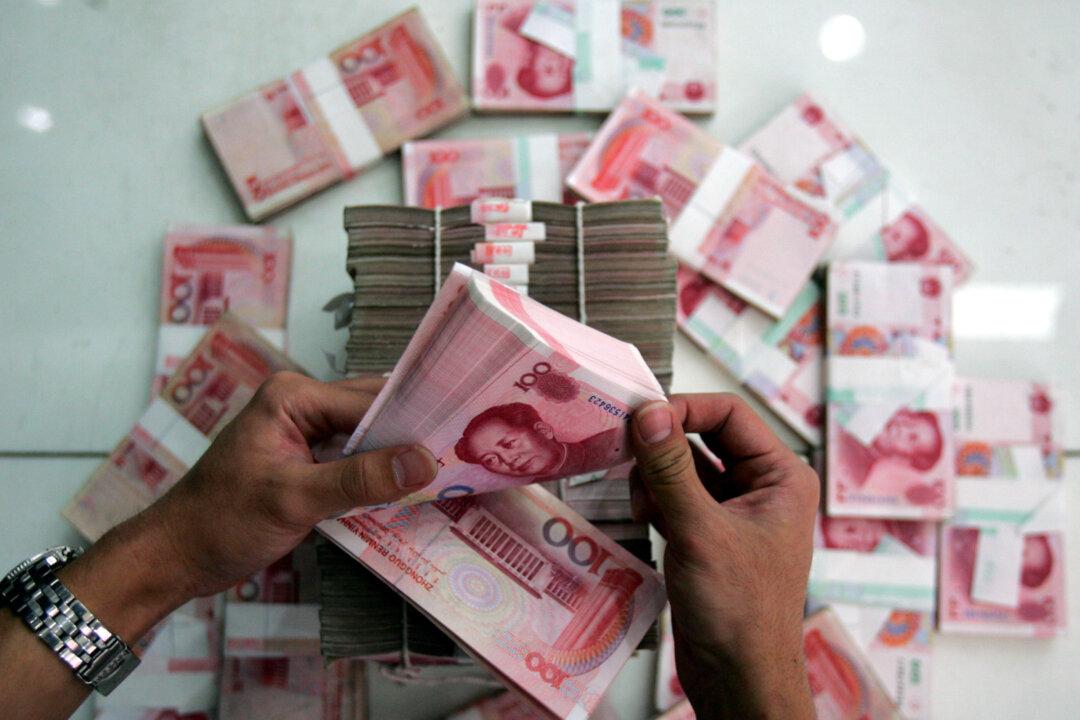China has been the world’s second largest economy for some time, ahead of Japan. Now it has also managed to overtake the yen as the No. 4 currency used in global payments, according to banking systems provider SWIFT.
This has brought back the crowd of people claiming that the yuan would one day become the world’s reserve currency.
“This is the mooted decline of the U.S. dollar’s premier reserve status as the yuan becomes a reserve currency, which is one that is widely held by governments and institutions among their foreign-exchange reserves because it is seen as a store of value,” Fidelity’s Michael Collins wrote in June 2014.
Let’s take a step back to see if overtaking the yen makes much of a difference.
To put things in perspective, we can see that the yuan is now ahead of the yen by a mere 0.03 percent—at a grand total of 2.79 percent of all payments on the SWIFT system compared to the yen at 2.76.
How SWIFT can call this a “stellar ascension” is unclear. To be fair, the yuan’s use gained 1.4 percent to almost double. What most people fail to mention is that the dollar added 6.07 percentage points to 44.82 percent of all global payments.






